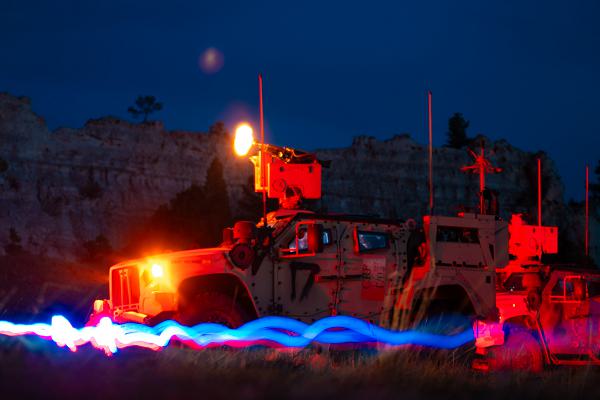
Camp Guernsey, Wyoming. (April 16, 2025): It is the ultimate nightmare scenario. An enemy force of considerable size and capability attacks a convoy of U.S. vehicles transporting a nuclear weapon. In this photo by Staff Sergeant Michael A. Richmond, Soldiers assigned to the 101st Airborne Division act as the opposing force to test the Air Force’s ability to guard these extremely sensitive convoys.
In its Nuclear Convoy Course, the Air Force uses paratroopers to simulate sophisticated attacks on base security. These series of attacks are used to evaluate how well America’s nuclear sites are protected. The goal is for students to identify gaps in their own defenses, make adjustments, and return to their home base prepared for any contingency.
Squaring off against the paratroopers was the 90th, 91st, and 341st Missile Security Operations Squadrons from F.E. Warren Air Force Base, Wyoming; Minot AFB, North Dakota; and Malmstrom AFB, Montana, respectively.
This year’s course was centered on incorporating the new MH-139 Grey Wolf helicopter and Payload Transporter into nuclear transport missions. The Grey Wolf is a dual-pilot, twin-engine helicopter with advanced military communication, navigation, identification, and survivability capabilities. In 2024, Boeing won a $178-million contract to develop seven MH-139A Grey Wolf helicopters for the US Air Force. The new Payload Transporter vehicle was assessed for its role in safely and efficiently moving intercontinental ballistic missile components off base.
The paratroopers also benefited from the training. Reconnaissance platoons practiced erecting obstacles, positioning snipers, and maximizing firepower in complicated scenarios they are likely to encounter in real combat.
Although there has never been an attack on a U.S. nuclear complex, exercises like these ensure Air Force security is tested and ready.


